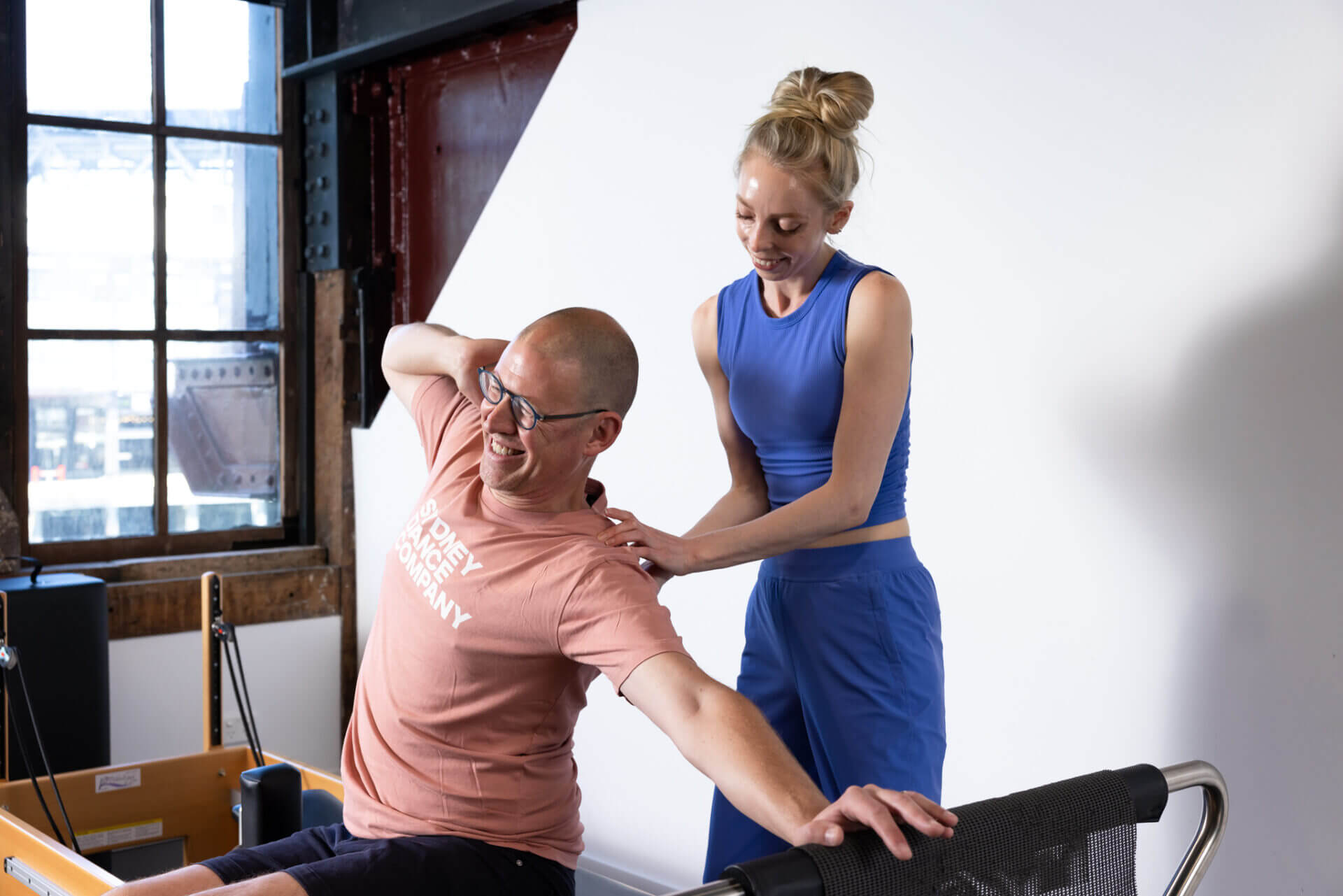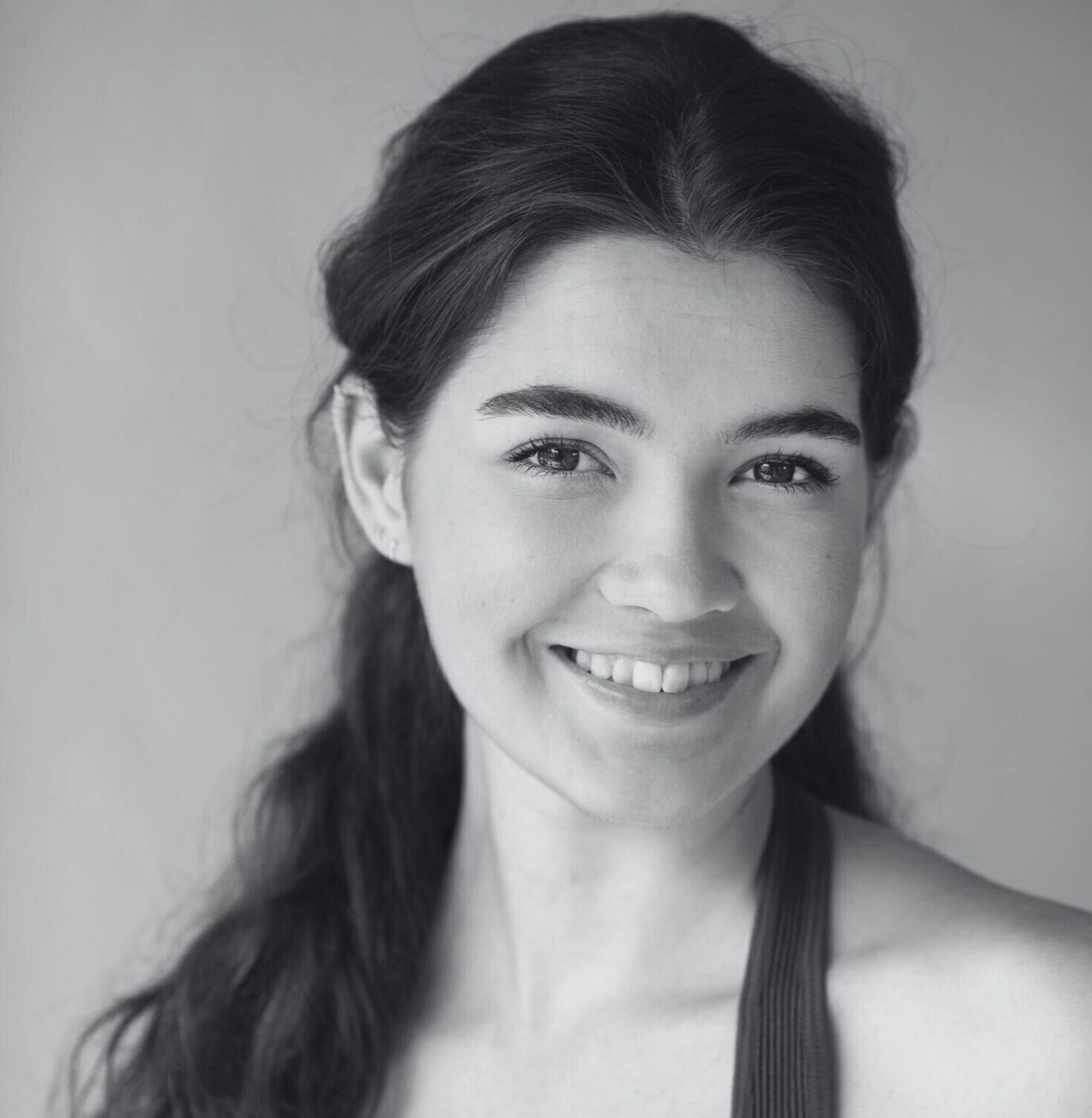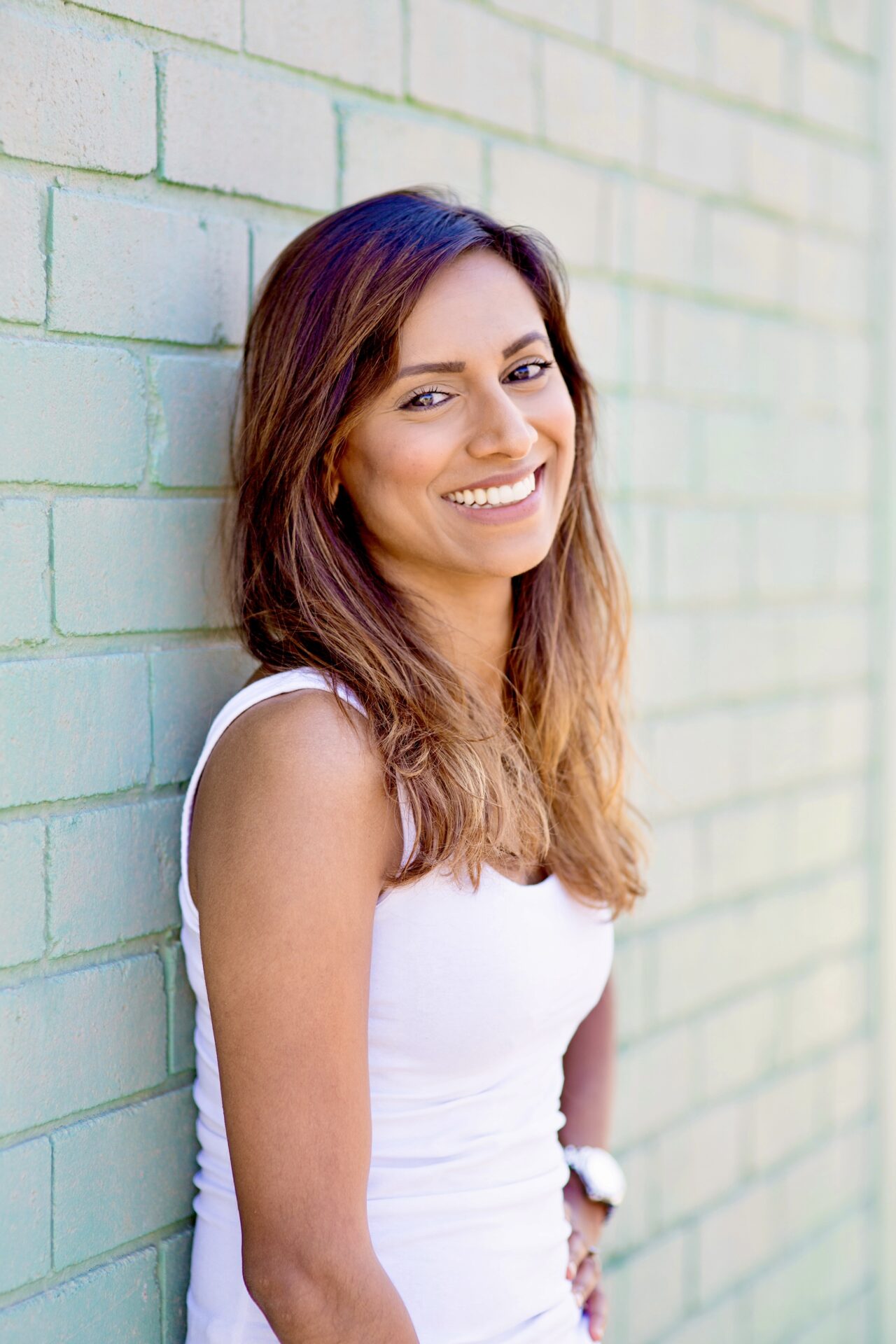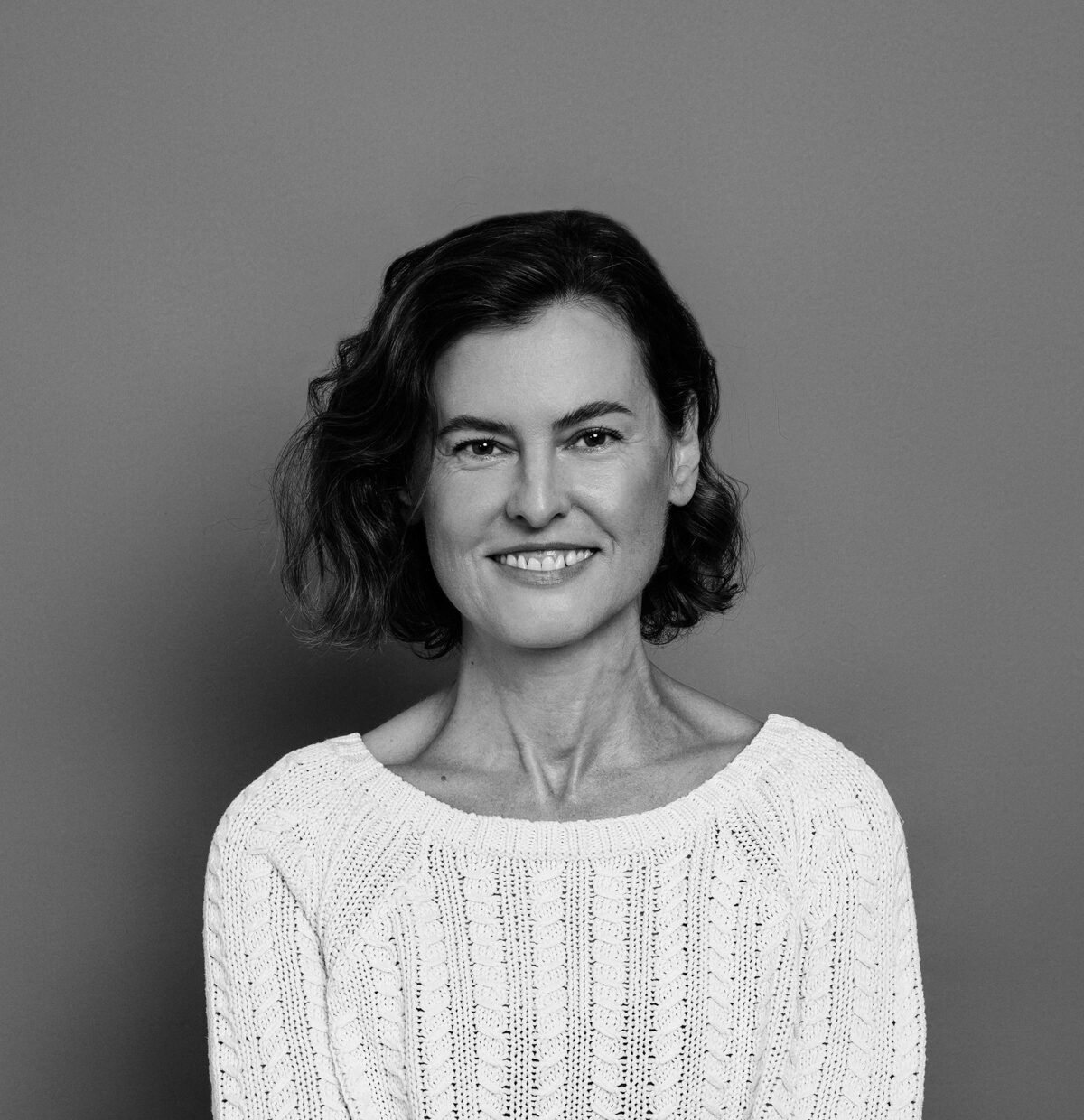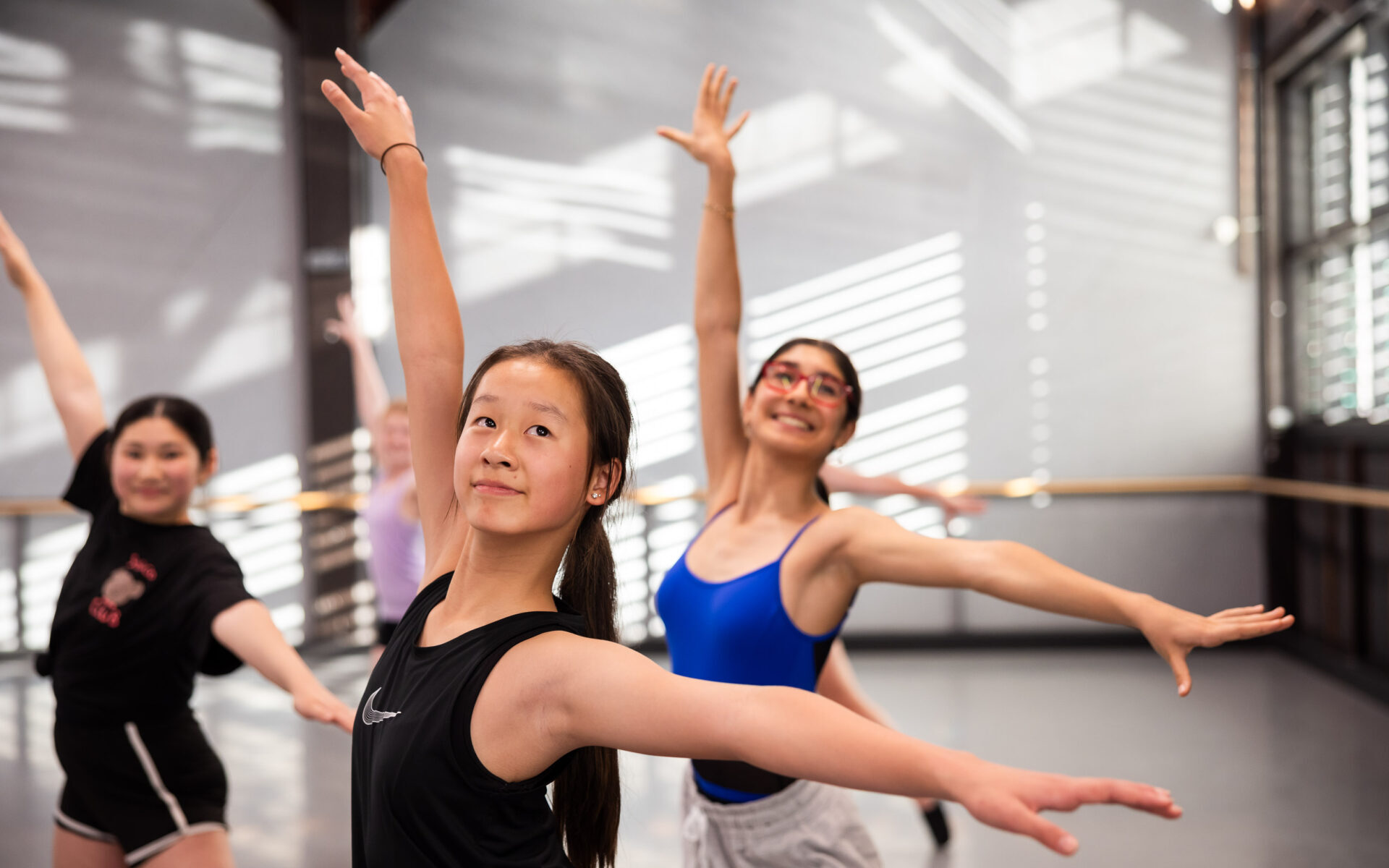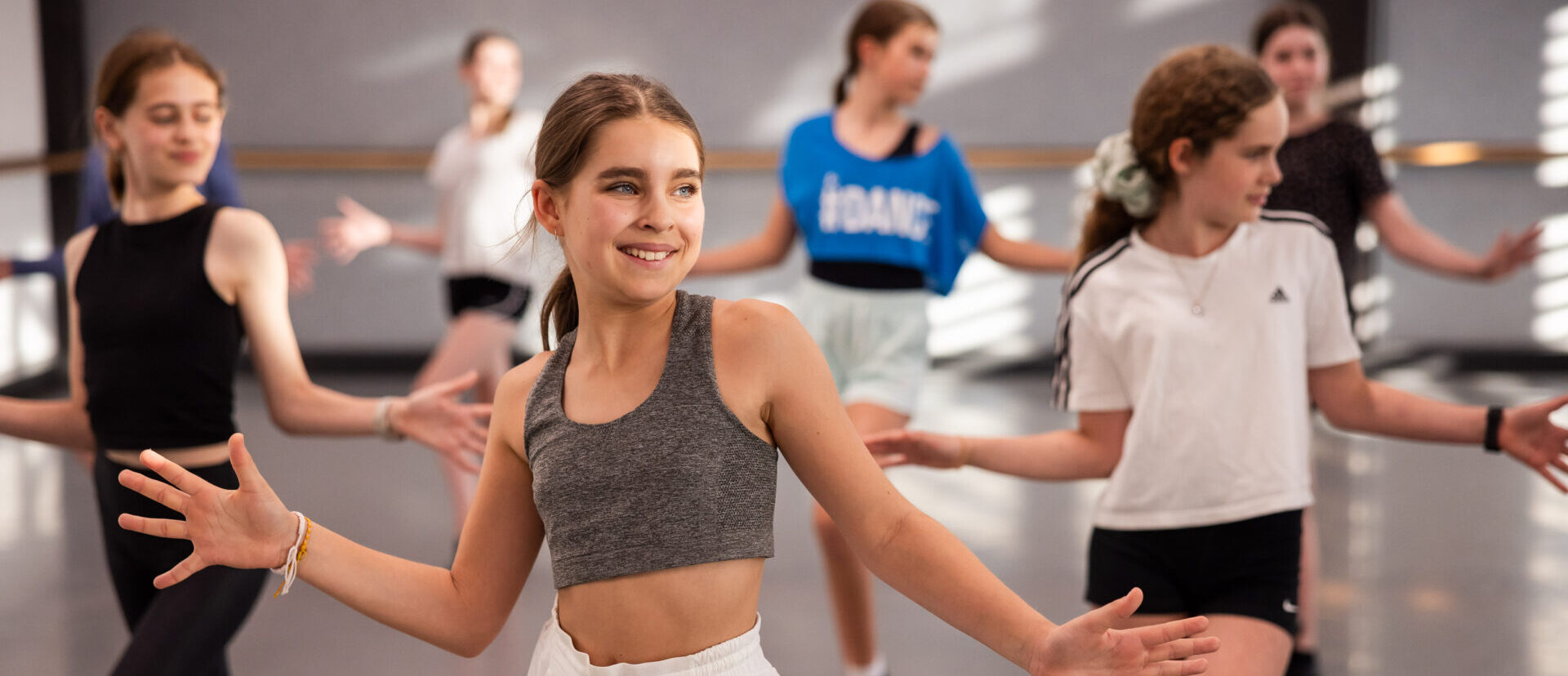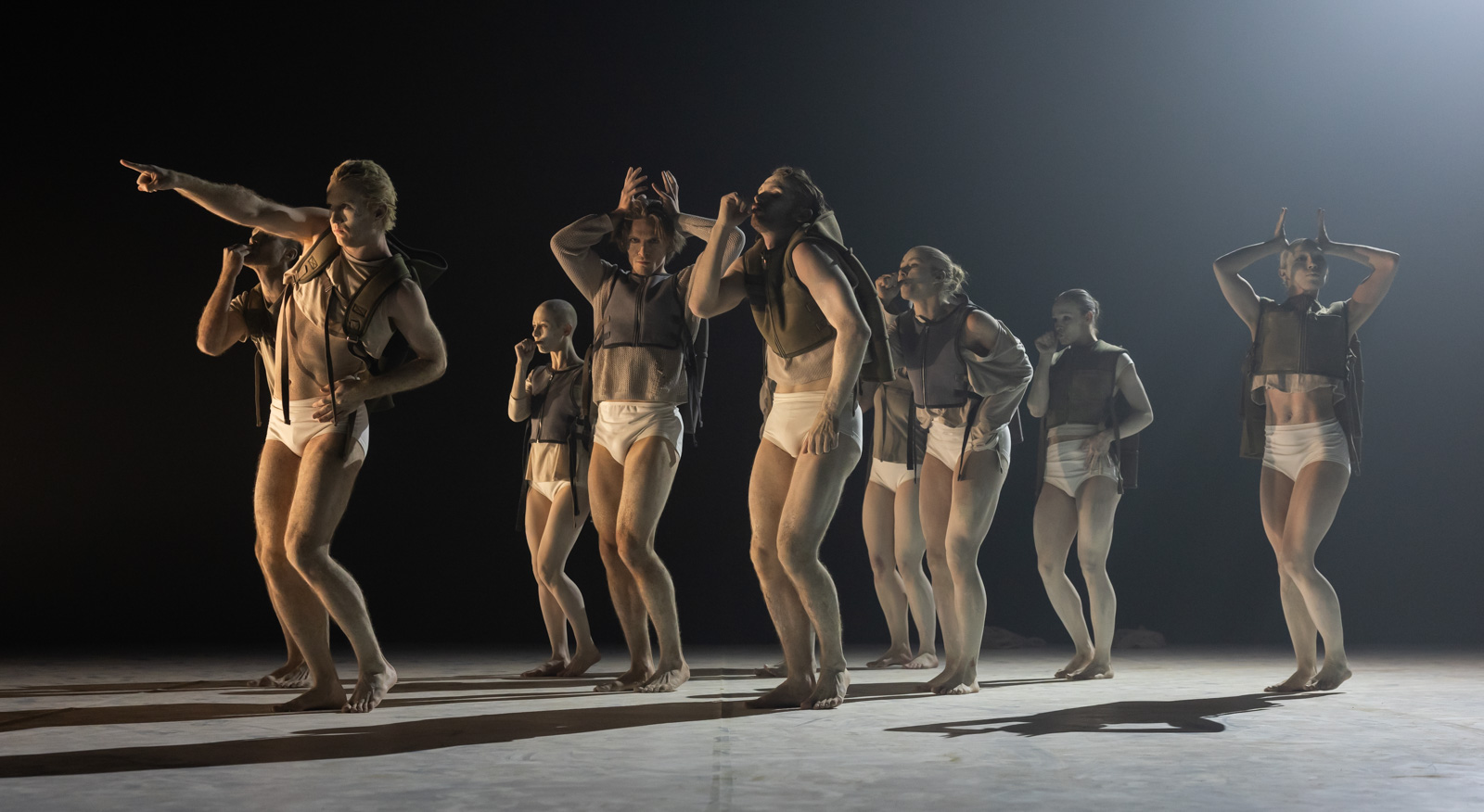About the company
Dance changes you. More than simply witnessing something beautiful, or engaging with culture, to experience dance is to be positively altered. From performances at the Joyce Theatre in New York and Shanghai Grand Centre, to the central desert in Alice Springs and the Harbour Foreshore at the Sydney Opera House, Sydney Dance Company has proved that there are no passive observers in a contemporary dance audience.
The reward of truly moving audiences, and the raw pride of sharing Australian art with the world has driven our ensemble of 17 dancers, led by Artistic Director Rafael Bonachela, to become one of the world’s strongest forces in contemporary dance. Alongside Bonachela’s original works, our programs have featured guest choreographers like Jacopo Godani, Melanie Lane, Antony Hamilton, Alexander Ekman, Gideon Obarzanek, Marina Mascarell, Gabrielle Nankivell and Cheng Tsung-lung, as well as collaborations with Sydney Festival, Australian Chamber Orchestra, Sydney Symphony Orchestra, Sydney Conservatorium of Music Composing Women and composers Bryce Dessner, Nick Wales, 48nord and the late Ezio Bosso.
Sydney Dance Company has a broad community beyond the practice and performance of our lead dancers. We believe in the universality of dance, and with the largest public dance class program in Australia, people can connect with the grace, strength and creativity that lives within all of us. Our nationwide education program offers a strategic curriculum targeting primary and secondary students through to career focused study for pre-professional dancers and university graduates.
Our Origins
Sydney Dance Company began as a group founded in 1969 by dancer Suzanne Musitz. Soon known as The Dance Company (NSW), from 1975-1976 the Company was directed by Dutch choreographer Jaap Flier, before the appointment of Australian choreographer Graeme Murphy in 1976. In 1979 Murphy and his partner Janet Vernon instituted the defining name change to Sydney Dance Company and proceeded to lead it for a remarkable 30 years. Murphy and his collaborators created work that enthralled audiences in Australia and in extensive international touring, including being the first western contemporary dance company to perform in the People’s Republic of China.
Sydney Dance Company has been led since 2009 by Spanish-born Artistic Director Rafael Bonachela. Over the past 15 years the Company has cemented its reputation as a creative powerhouse, with an acclaimed group of dancers presenting new work by Bonachela and other choreographers, designers, composers and musicians. The Company has expanded its reach into the towns and cities it visits with work for schools and local dancers.
Since 1986 the Company has been a resident of the purpose-built studios at The Wharf in Sydney’s Walsh Bay, minutes from the city’s famed Sydney Harbour Bridge and Sydney Opera House.
What is Contemporary Dance?
The first thing to understand when asking ‘what is contemporary dance?’ is that you will decide. In the mid 20th century, modern dance pioneers deviated from established dance styles, to create work where “an element itself is expressive; what it communicates is in large part determined by the observer themselves” (Merce Cunningham). There is no passive contemporary dance audience. You are, as Sydney Dance Company’s Artistic Director Rafael Bonachela insists, “our most important collaborator.” This means that there is no correct response to a performance, or required learning to get the most out of it. You are only required to be present and to allow yourself to be moved.
The second thing to know is that contemporary dance is young. Ballet emerged some 600 years ago and the history of classical music is measured in centuries, but contemporary dance is just 50 years old – so as a collaborator you are involved in the formation of an art form, and party to performances at the bleeding edge. Anything could happen. It is not mainstream nor the stuff of fairy tales; you should be prepared to feel something. You will witness artistic risks being taken across a multitude of forms from technology to film, visual arts to design and fashion; contemporary dance brings together the work of influential artists in different fields. It is ever evolving.
Finally, ignore everything written here, because contemporary dance isn’t something that can be adequately described in words. It is contemporary in the sense that it exists only in the present physical moment. It is a unique act, and no two performances are the same. What is true of contemporary dance at the time of writing may not be true of it when the lights go down at the next performance. We hope you will be there.


